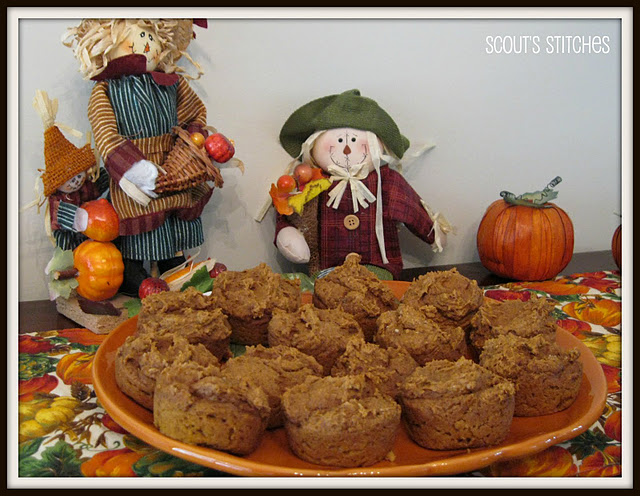Last summer our garden was kind of a bummer. We moved in May to our new house and so we were a little late getting the garden established. Also when you move in to a new house there is soo much to do and gardening usually isn't first priority.
This year I am wanting to have our garden be the best it ever has. We have a lot more space at the new house to garden in and I am getting itchy for it to be spring and get started growing some yummy food.
We did quite a bit of prep work last fall (or I should say my husband did). He tilled up the garden area, did landscaping for the flower gardens and planted bulbs. Now I am wanting to work on getting the vegetable garden ready.
Here are some ideas for things to do right now to make this year your best garden ever!
1.
Composting- This can be done year round and is helpful for making your soil rich in nutrients. It also reduces the amount of waste that is put into landfills each year. I have done some composting in the past, but I am making a commitment to compost all of my organic waste. Here is a link to the EPA's
Basics about Composting.
2.
Planting Seeds Inside- Planting seeds inside can give you a head start on the growing season and save some money. This does require sunny areas inside and a place to keep your seedlings though. See this website for info on
when to plant inside.
3.
Buying or building birdhouses- Bird houses around the garden are a great thing- the birds eat pesky bugs and are also really pretty to look at. I want to build some rustic birdhouses to place on our garden fence.
Cozy Little House blog has some pretty pictures for inspiration from her neighbor's garden.
4.
Hardscaping- Now is the time to get your hardscaping done! Get it done before the planting season starts. Here are some ideas for hardscaping to make your garden really shine-
- Raised Garden Beds- Can help with drainage and save time from not having to till as much. Here is a link for a how-to.
- Container Gardens- Plants such as tomatoes, strawberries and spinach do well growing in containers and can be grown even if you don't have a lot of space for a garden. These can also add interest to your landscaping. Here is an amazing container gardening inspiration post at A Life's Design.
5.
Make a Planting Schedule- Planting at the right time is crucial in having a good harvest. We bought a book this year (on clearance!) that gives you a week by week planting schedule and garden preparation schedule based on your last freeze date. For those of you who aren't sure when to plant
this website you can enter your zip code and it will give you a week by week of when to plant different vegetables. It also tells you when to start seedlings indoors if you are going that route. It is free to get the planting schedule but there is the option to order seeds from them too.
6.
Collecting Recipes- Start collecting recipes for the foods you are going to grow. I have a few basic recipes that I use for canning and for freezing but I am always looking for more. I will be posting some of my favorite canning recipes this spring. Good things to keep in mind while looking for recipes is the method of preparation you are going to use, what crops you are going to grow and the foods your family eats the most. Here is some really good basics from the USDA's
Guide for Food Preservation.
7.
Soil Testing- Soil testing is a good way to make sure that your soil is the right pH to grow plants effectively. Most of the time your local or county extension agency can perform a pH test on your soil for a small fee. If the pH is off they also give suggestions on how to correct it. Getting your pH right can be the difference between a great crop and a lousy year in your garden.
8.
Plant Cool Weather Plants- It may seem hard to believe but some cool weather plants such as green onions and peas can be planted as early as the first week of March depending on your location. Getting these plants in right on time can make sure they have plenty of time to produce before it gets too hot. See above planting schedule link to find the right date in your area.
9.
Organic Pesticides- Organic pesticides are a great way to get the maximum production out of your plants without having to deal with harmful chemical pesticides. Wake Up World has a
list of organic pesticide methods. One of the recipes I found intriguing was collecting onion peels and then letting the steep in water to make an organic pesticide spray. Looks like I am collecting all of my onion scraps from now on!
10.
Build a Cold box- Cold boxes are basically mini-greenhouses that you can build to make your planting season a little bit longer. Here is a great link to a
DIY Cold Box. I think this is a great idea if you don't have the sunny space in your house for seedlings but you want to start them earlier than just planting outside. I don't know if I will try it this year, but definitely next year!
I hope that some of these tips will be helpful for you. I plan to do pretty frequent updates of my garden progress once we get started planting!
Thanks for stopping by!














































